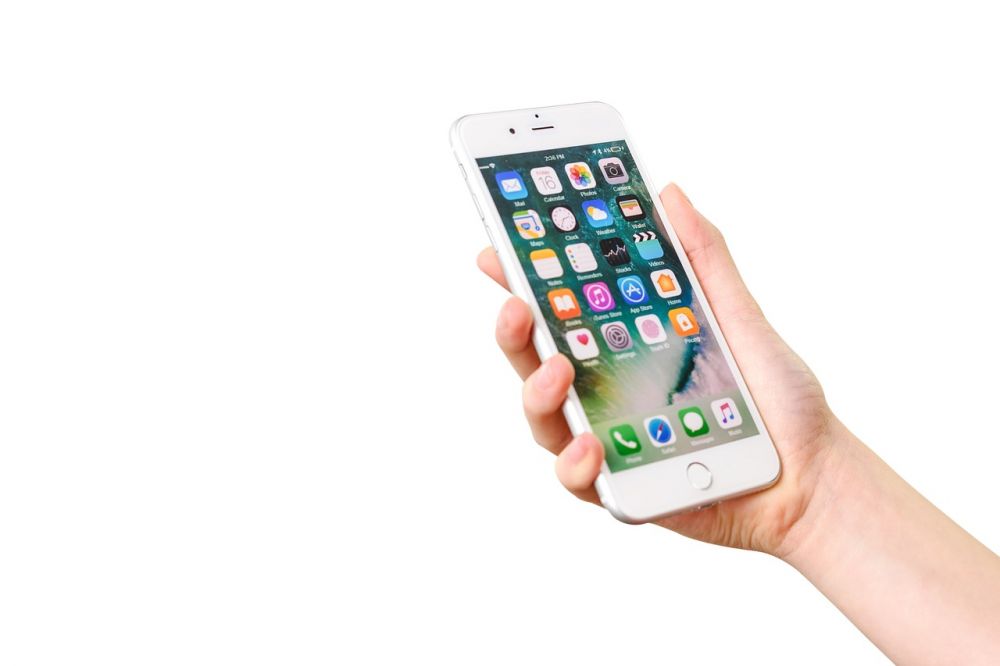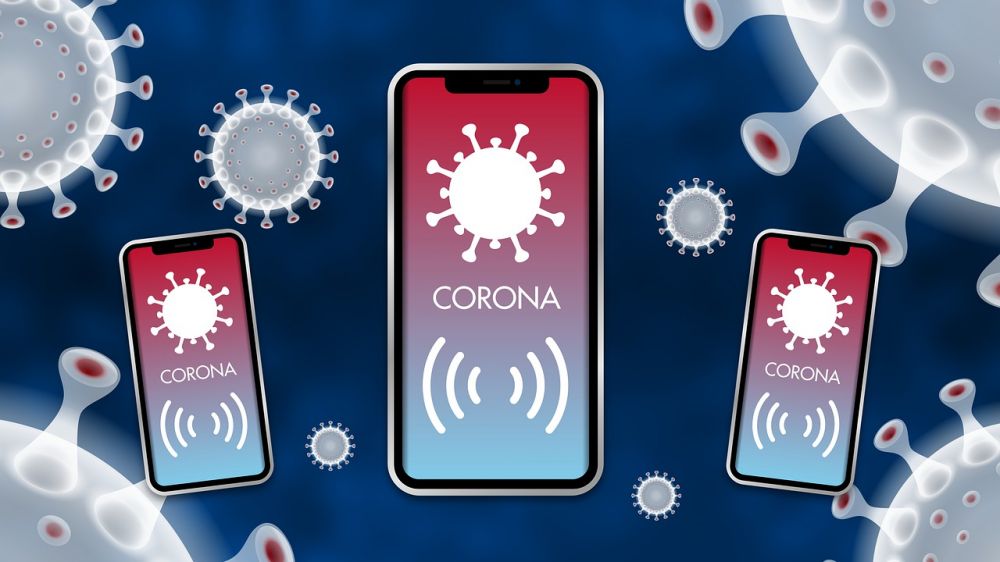Google Lens App: In-depth Review and Evolution

Introduction
The Google Lens app is a revolutionary tool that has transformed the way we interact with our smartphones and understand the world around us. By harnessing the power of artificial intelligence (AI) and machine learning, Google Lens enables users to explore their surroundings, identify objects, and access relevant information with just a simple tap. In this article, we will delve into the key features, historical development, and future potential of the Google Lens app.
Understanding Google Lens

At its core, Google Lens is an image recognition technology that utilizes computer vision to analyze and interpret visual data. It can be accessed through the Google Photos app, Google Assistant, or as a standalone app on Android and iOS devices. With Google Lens, users can perform a wide range of tasks, including scanning QR codes and barcodes, translating text, identifying landmarks, plants, and animals, and extracting contact information from business cards.
The app creates an interactive experience by combining the visual input from the smartphone camera with Google’s vast knowledge graph. This integration allows users to access information and take decisive actions based on the objects they encounter in their day-to-day lives. Whether you want to identify a rare flower, find reviews of a restaurant, or shop for similar products, Google Lens provides a seamless and intuitive solution.
Evolution of Google Lens
Google Lens has come a long way since its inception in 2017. Initially released as a feature exclusive to the Google Pixel smartphone, it quickly gained popularity among tech enthusiasts and industry experts. Google gradually expanded its availability, making it accessible to a wider audience. Today, Google Lens is integrated into various Google apps and services, including Google Photos, Google Assistant, and the Google app.
Over time, Google has continuously improved the accuracy and functionality of Google Lens. The app’s AI algorithms have been trained on massive datasets, allowing it to recognize a diverse range of objects and provide relevant information with impressive speed and precision. Moreover, Google has actively collaborated with developers and third-party businesses to create innovative applications and integrations with Google Lens.
Featured Snippet potential: Key Points
To increase the likelihood of this article being featured as a snippet in Google search results, here are the key points regarding the Google Lens app:
– Google Lens revolutionizes visual recognition by utilizing AI and machine learning.
– Key features include object identification, barcode scanning, text translation, and more.
– The app integrates with Google Photos, Google Assistant, and Google Search.
– Its historical development showcases rapid expansion and continuous improvement.
– Google Lens provides a seamless and intuitive solution for exploring the world around us.
– Users can expect accurate and detailed information from the app’s vast knowledge graph.
Please watch the video below to see Google Lens in action:
Conclusion
The Google Lens app is a game-changer in the realm of visual recognition technology. By harnessing the power of AI and machine learning, it allows users to explore, understand, and interact with their surroundings in unprecedented ways. From identifying objects to obtaining relevant information, Google Lens serves as a valuable tool for tech enthusiasts and everyday users alike. As the app continues to evolve, we can expect even more exciting features and integrations in the future. So, whether you want to satisfy your curiosity or streamline your daily tasks, Google Lens is a must-have app for your smartphone.





